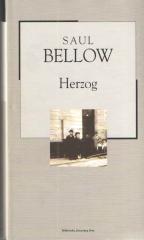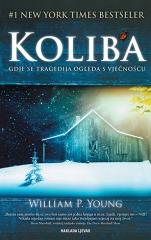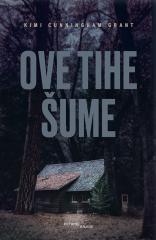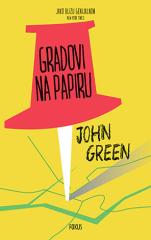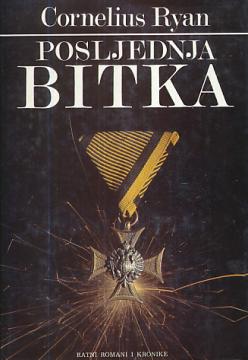
Posljednja bitka
Cornelius Ryan, an Irish-American journalist and historian, known for The Longest Day, provides a dramatic, eyewitness-based portrait of the Battle of Berlin – the final offensive of World War II in Europe – in The Last Battle (1966).
The book, based on 300 interviews with survivors (soldiers, civilians, leaders), dissects the chaos, courage and horror from April 16 to May 2, 1945, when the Red Army under Zhukov and Konev captured Hitler's capital, sealing Germany's capitulation.
Ryan interweaves perspectives: Soviet soldiers in the attack across the Oder, where they lost 80,000 men in seven days; the German defenders - Hitler's young recruits, SS units and improvised Volkssturm militias - who fought in the ruins, under bombardment and starvation. Hitler in the bunker, obsessed with the confidence of a "miracle" and accusing "traitors", dictates his will, marries Eva Braun and commits suicide on April 30, while Goebbels follows suit.
Berliners in basements, women raped (estimated at 100,000 cases), starving children and liberated prisoners joining the fight. Ryan highlights the ironies – the American-Soviet union on the Elbe, Churchill's fear of communism – and the human cost: 1.5 million dead and wounded, Berlin in ashes.
The style is journalistically lively, dynamic, with maps and photographs, without dryness. The book, a bestseller with three million copies sold, looks at the war from a human perspective, reminding us that the "last battle" was written by ordinary people in fire and darkness. It inspired the film The Fall of Berlin and the series The Last Battle.
One copy is available
